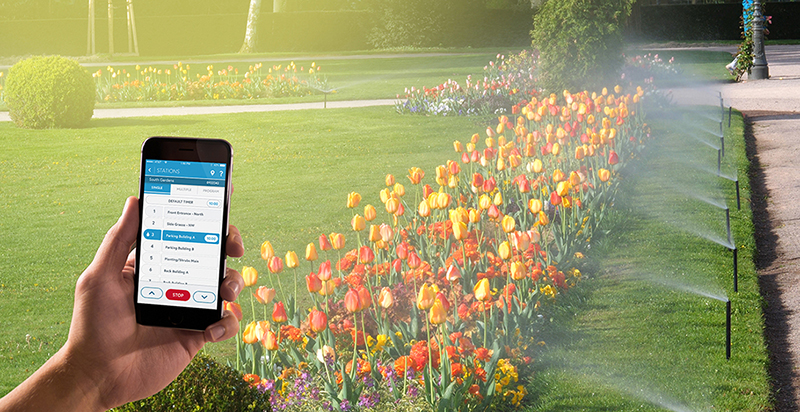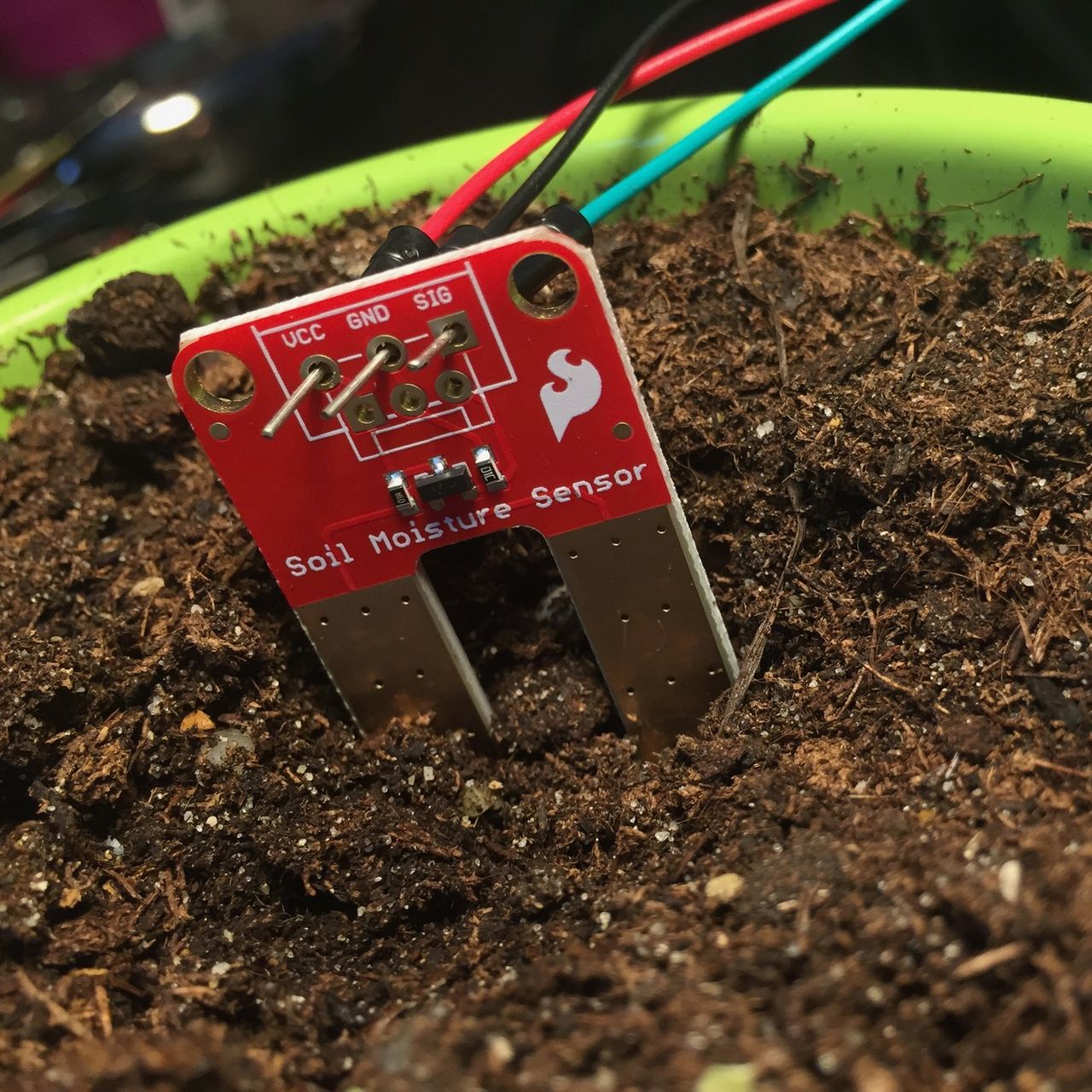Watering with Intelligence: A Smarter Future for Water Management
Water is one of Earth’s most precious resources, and how we use it plays a critical role in shaping our future. For centuries, watering plants, gardens, and farms has been a manual and often wasteful task. But today, thanks to modern technology and innovative strategies, we’re entering an era of intelligent watering—a way of using water wisely, efficiently, and sustainably. This revolution is transforming agriculture, gardening, landscaping, and even urban planning. It’s not just about turning on a hose; it’s about understanding the land, the plants, and the environment to make every drop count.
1. Why Traditional Watering Methods Are Outdated
For many people, watering simply means setting a sprinkler on a timer or grabbing a watering can. While that might work in small settings, this traditional approach often results in overwatering or underwatering. Sprinklers left on too long can flood the soil, washing away nutrients and harming plant roots. Underwatering, on the other hand, can stress plants, weaken growth, and reduce yields.
In agricultural fields, this problem is even more significant. Crops that receive too much water can rot, while those that receive too little will not grow properly. On a global scale, inefficient irrigation wastes billions of gallons of water every year. This not only strains water supplies but also increases costs for farmers and communities.
Intelligent watering systems aim to change this by bringing precision and timing to irrigation, ensuring plants receive the exact amount of water they need—no more, no less.
2. The Science Behind Smart Watering
At the heart of intelligent watering is data. Instead of relying on guesswork, these systems use real-time information from various sources to determine the best watering schedule. Some of the key factors considered include:
-
Soil moisture levels: Sensors placed in the ground measure how much water is currently available to plant roots. If the soil is already moist, watering can be delayed or skipped entirely.
-
Weather conditions: If rain is predicted, smart systems can automatically pause irrigation, preventing waste.
-
Evaporation rates: Hot, sunny days make water evaporate quickly. Smart watering adjusts timing to minimize loss.
-
Plant type and growth stage: Different plants need different amounts of water. Young seedlings need more frequent watering, while mature plants can survive longer between sessions.
-
Time of day: Early morning or late evening watering reduces evaporation, maximizing water use efficiency.
When all this data is processed together, it creates a precise watering plan tailored to the specific environment.
3. Smart Irrigation Technology in Action
In recent years, technology companies and farmers have started adopting advanced systems that use artificial intelligence, sensors, and weather data to automate irrigation. Here’s how it works in practice:
-
Soil Moisture Sensors: These are small devices buried in the soil that constantly measure how wet or dry it is. The data is sent wirelessly to a central controller.
-
Smart Controllers: These act as the “brain” of the system. They analyze data from the soil, local weather forecasts, and plant needs to decide when to water and how much.
-
Automated Valves and Sprinklers: Once the controller decides it’s time to water, it activates the system automatically, ensuring even distribution.
-
Mobile Apps: Many smart watering systems are linked to smartphone apps, allowing users to monitor their gardens or fields remotely. A farmer could be miles away and still adjust irrigation with a single tap.
This type of precision irrigation not only saves water but also improves crop health and reduces costs. For example, many vineyards and farms in arid regions have reported a 30–50% reduction in water use after switching to intelligent systems.
4. Benefits Beyond Water Conservation
The advantages of watering with intelligence extend far beyond saving water. Here are some key benefits:
-
Healthier Plants: By providing the right amount of water at the right time, plants thrive. Their roots grow stronger, they become more resistant to disease, and their productivity increases.
-
Cost Savings: Less water means lower utility bills and reduced pumping costs. For large farms, this can mean thousands of dollars in savings each season.
-
Environmental Protection: Overwatering can lead to runoff, which often carries fertilizers and pesticides into rivers and lakes. Smart watering helps reduce this pollution, protecting ecosystems.
-
Reduced Labor: Automation minimizes the need for constant human intervention. Gardeners, landscapers, and farmers can focus on other important tasks.
-
Climate Adaptation: As droughts and heat waves become more frequent, intelligent watering helps communities adapt by using limited water resources more efficiently.
5. Urban Applications and Smart Cities
It’s not just farms that benefit from intelligent watering—cities and towns are getting smarter too. Many urban areas waste water on parks, lawns, and roadside plants because sprinklers are set on fixed schedules, even when it rains. By integrating smart irrigation into smart city infrastructure, municipalities can cut waste dramatically.
Some cities use central control systems that monitor parks and public spaces in real time. Weather stations are connected to irrigation controllers, so when rain is detected, the system adjusts automatically. This not only saves millions of gallons of water annually but also lowers maintenance costs.
Green buildings and eco-friendly homes are also embracing smart watering. Rooftop gardens and vertical farms often rely on intelligent irrigation to maintain lush greenery without excessive water use.
6. Challenges and Future Opportunities
While the promise of intelligent watering is enormous, there are still challenges to overcome:
-
Initial Cost: Installing sensors, controllers, and smart sprinklers can be expensive upfront, especially for large farms.
-
Technical Knowledge: Some systems require training to operate and maintain properly.
-
Connectivity Issues: In rural areas with weak internet or cell signals, automated systems may not function at their best.
-
Data Management: Collecting and analyzing data requires reliable software and cybersecurity to protect sensitive information.
However, technology is evolving rapidly. Prices are dropping, devices are becoming more user-friendly, and new innovations—such as solar-powered sensors and AI-driven prediction models—are making smart watering more accessible to everyone.
7. The Role of Artificial Intelligence
One of the most exciting developments in intelligent watering is the use of AI algorithms. These systems can learn over time. For example, if a farm experiences dry winds every afternoon, the AI system can adjust watering schedules automatically to compensate for increased evaporation. It can even detect leaks, clogs, or irregularities in the irrigation system and alert users immediately.
AI can also combine satellite imagery with on-the-ground sensors to create precise watering maps. This means farmers no longer need to water entire fields uniformly. Instead, each section of the field gets exactly what it needs—a technique known as “variable rate irrigation.”
8. A Cultural Shift Toward Sustainability
Watering with intelligence isn’t just a technological shift; it’s a cultural one. It encourages individuals, communities, and industries to value water as a shared resource. As populations grow and climate pressures intensify, we must learn to treat water with care. Intelligent irrigation helps bridge the gap between human needs and environmental responsibility.
Gardeners who once watered daily now let their smart systems handle the job, using only what’s necessary. Farmers are growing more food with less water, and cities are greening their spaces without draining their reservoirs. This collective movement is a step toward a sustainable future.
9. Practical Tips for Anyone to Start Smart Watering
Even without expensive technology, you can adopt intelligent watering habits:
-
Water early in the morning or late in the evening.
-
Use mulch to retain soil moisture.
-
Group plants with similar water needs together.
-
Collect and use rainwater.
-
Check soil moisture with your fingers before watering.
-
Install simple drip irrigation or timers to reduce waste.
Over time, these small changes can make a big difference.
10. Looking Ahead
Water scarcity is a growing challenge around the world. But with intelligent watering, we have a powerful tool to combat waste, support agriculture, and protect the environment. It represents the perfect balance between innovation and responsibility. By blending science, technology, and environmental stewardship, we can ensure that future generations inherit a world where water is respected, conserved, and wisely used.
The age of blindly watering fields, lawns, and gardens is ending. The age of watering with intelligence has begun. And in that future, every drop counts.





